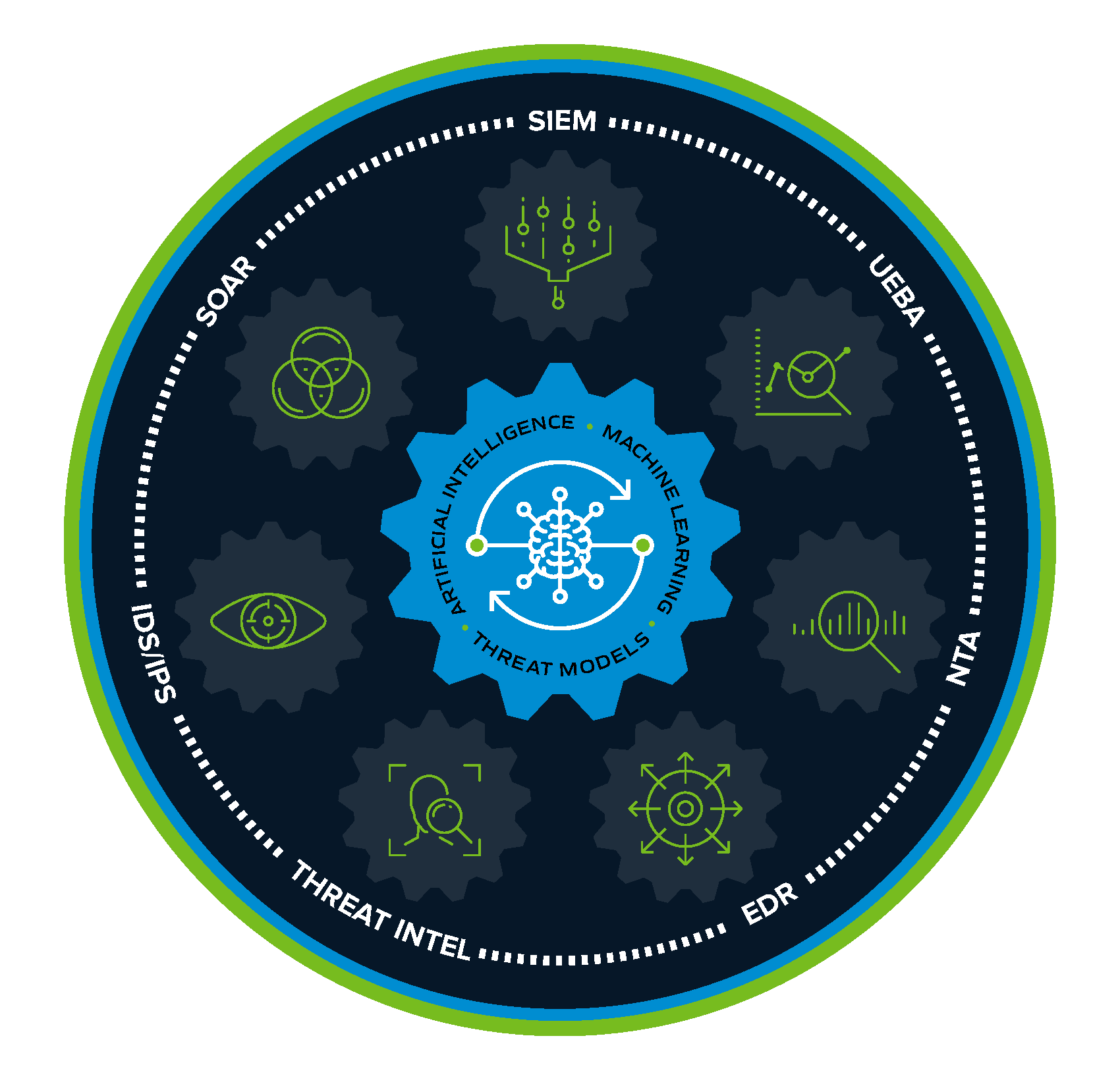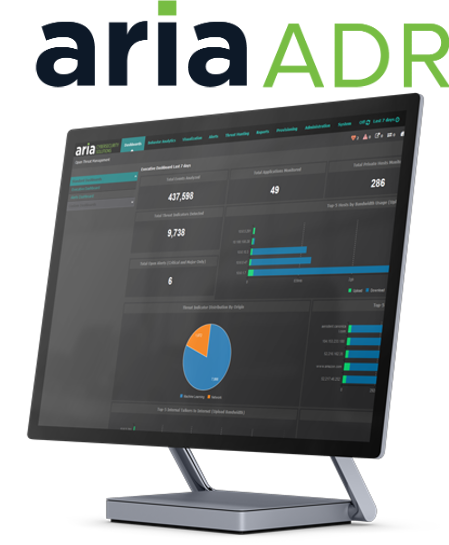ARIA ADR
Photo Gallery
 |
 |
ARIA ADR


Additional Info
| Company | ARIA Cybersecurity Solutions |
| Website | http://www.ariacybersecurity.com |
| Company size (employees) | 10 to 49 |
| Type of solution | Software |
Overview
ARIA Advanced Detection and Response (ADR) is a fully automated, AI-SOC solution purpose-built with the capabilities of seven security tools — including SIEMs, IDS/IPSs, EDRs, Threat Intel tools, NTAs, UEBAs, and SOARs.
ARIA ADR’s 60+ machine learning-powered threat models, guided by AI, can find, stop and remediate the most harmful threats (including ransomware, malware, APTs, DDoS, intrusions, insider threats, network policy enforcements and data exfiltrations) in real-time and with no manual intervention required. This is a powerful advantage over most traditional security operation approaches that surface more noise than threats and require highly-trained security operations staff.
With this single, comprehensive solution organization’s will no longer have to settle for limited threat surface coverage or struggle to integrate and maintain disparate tools at substantial cost and little return.
With ARIA ADR, organizations will improve their overall security posture, across the entire enterprise – premises, data centers, and cloud instances. In just one solution, ARIA ADR exceeds the performance of seven security tools and is also 90% less cost, requires 1/100 of the manpower demanded of a traditional SOC, and 100% automation capable.
How we are different
ARIA ADR Provides the Industry's Best ROI for Threat Detection and Response:
- Uses powerful AI capabilities to significantly reduce noise and present only validated and actionable threat alerts.
- Covers the entire environment – on-premises systems, IoT devices, and cloud-based systems - and it also enforces network connectivity policies.
- Combines the capabilities of seven disparate tools into a single platform.
- Organizations gain a complete AI-SOC at a fraction of the cost, right out of the box.
- Automation replaces costly manual identification, verification and remediation
- Identify the threats that are normally missed, in real-time, while they are still early in the kill chain—before they can inflict significant harm.
- ML-based threat models replace time-consuming signature-based rules creation



